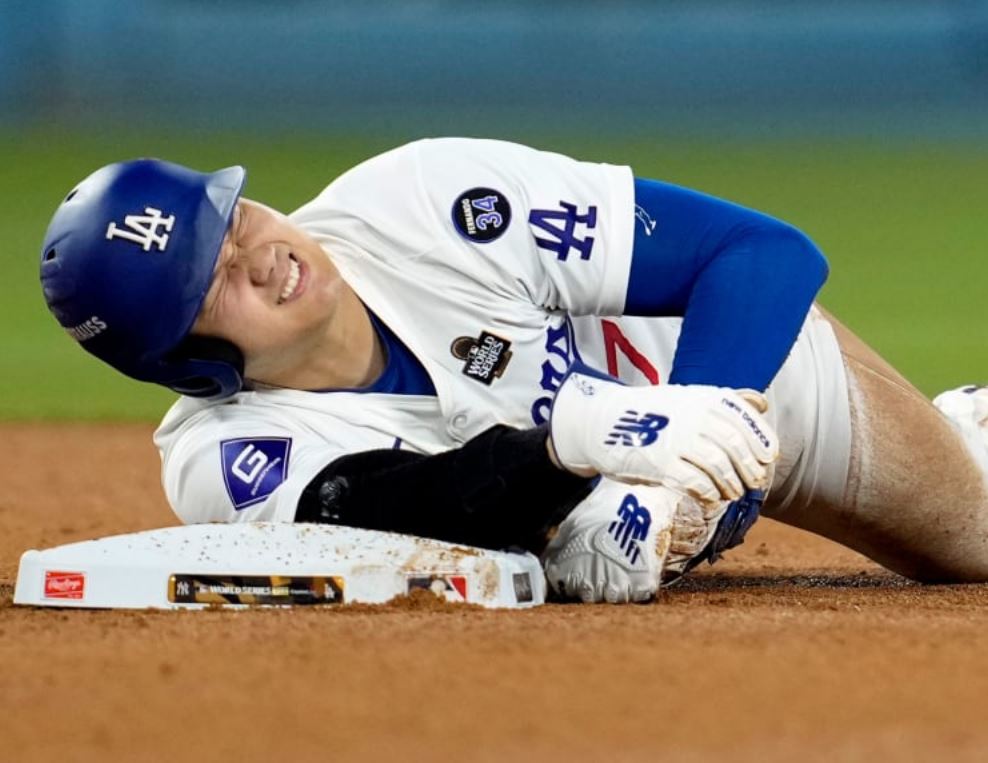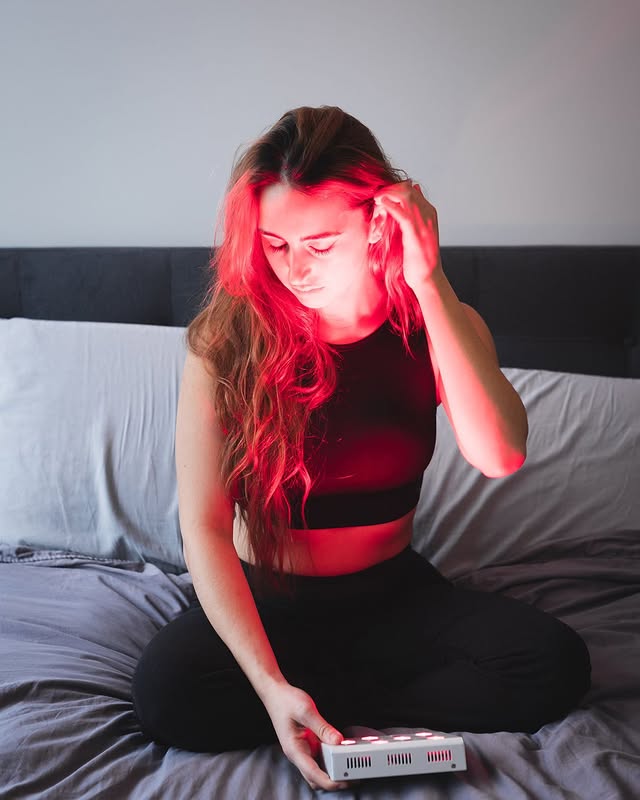![]() Free Shipping
Free Shipping ![]() Buy Now, Pay Later
Buy Now, Pay Later ![]() Eligible
Eligible
Does Red Light Therapy Actually Work for Baseball Injuries?

Baseball is a sport that demands explosive power, agility, and repetitive motion—all of which put players at risk for injuries. From rotator cuff strains to tendonitis and muscle fatigue, baseball players are no strangers to pain and recovery challenges.
In recent years, red light therapy (RLT) has gained traction as a potential treatment for sports injuries. But does it really work for baseball-related ailments? Let’s dive into the science, expert opinions, and real-world experiences to find out.
What Is Red Light Therapy?
Red light therapy, also known as low-level laser therapy (LLLT) or photobiomodulation, involves exposing the body to low-wavelength red and near-infrared light. This non-invasive treatment is believed to:
- Reduce inflammation
- Enhance muscle recovery
- Accelerate tissue repair
- Relieve pain
The light penetrates the skin and stimulates cellular energy production (ATP), which helps damaged tissues heal faster.
Common Baseball Injuries That Could Benefit from RLT
Baseball players frequently suffer from:
- Rotator Cuff Strains & Shoulder Impingement – Overhead throwing places immense stress on the shoulder.
- Elbow Tendonitis (e.g., “Tommy John” concerns) – Repetitive pitching can lead to UCL damage.
- Hamstring & Groin Pulls – Sprinting and sudden directional changes strain lower-body muscles.
- Lower Back Pain – Rotational forces from swinging and throwing can cause spinal stress.
Could RLT help with these issues?
The Science Behind RLT for Sports Injuries
Several studies suggest RLT may be beneficial for athletes:
- A 2016 study in Lasers in Medical Science found that red light therapy reduced muscle fatigue and improved recovery in athletes.
- Research published in The American Journal of Sports Medicine showed that LLLT helped reduce pain and inflammation in tendon injuries.
- A 2020 meta-analysis concluded that photobiomodulation significantly reduced muscle damage markers post-exercise.
However, some experts argue that while RLT shows promise, more large-scale, sport-specific studies are needed—especially for baseball-related injuries.
How Baseball Players Are Using Red Light Therapy
Many professional and amateur athletes have incorporated RLT into their recovery routines, including:
- Pre-game preparation – Using RLT to enhance blood flow and reduce stiffness.
- Post-game recovery – Speeding up muscle repair after intense play.
- Chronic injury management – Managing long-term conditions like tendonitis.
MLB teams have reportedly used RLT devices, though they often combine them with other treatments like cryotherapy and physical therapy.
VELLGUS Elite V2
THE #1 RATED RED LIGHT DEVICE
VELLGUS pro V2
THE #1 RATED FULL BODY RED LIGHT DEVICE
Potential Limitations of Red Light Therapy
While RLT is generally considered safe, it’s not a magic fix. Some limitations include:
- Variable results – Some athletes report dramatic improvements, while others see minimal effects.
- Treatment consistency – Benefits may require multiple sessions over weeks.
- Not a standalone solution – Works best when combined with stretching, strengthening, and proper rest.
Final Verdict: Should Baseball Players Try RLT?
The evidence suggests that red light therapy can be a useful tool for baseball injury recovery—particularly for reducing inflammation, easing pain, and speeding up muscle repair. However, it should be part of a broader rehab and prevention plan.
If you’re a baseball player dealing with persistent soreness or injuries, RLT may be worth exploring under professional guidance. As research continues, we may see even more compelling data supporting its role in sports medicine.








